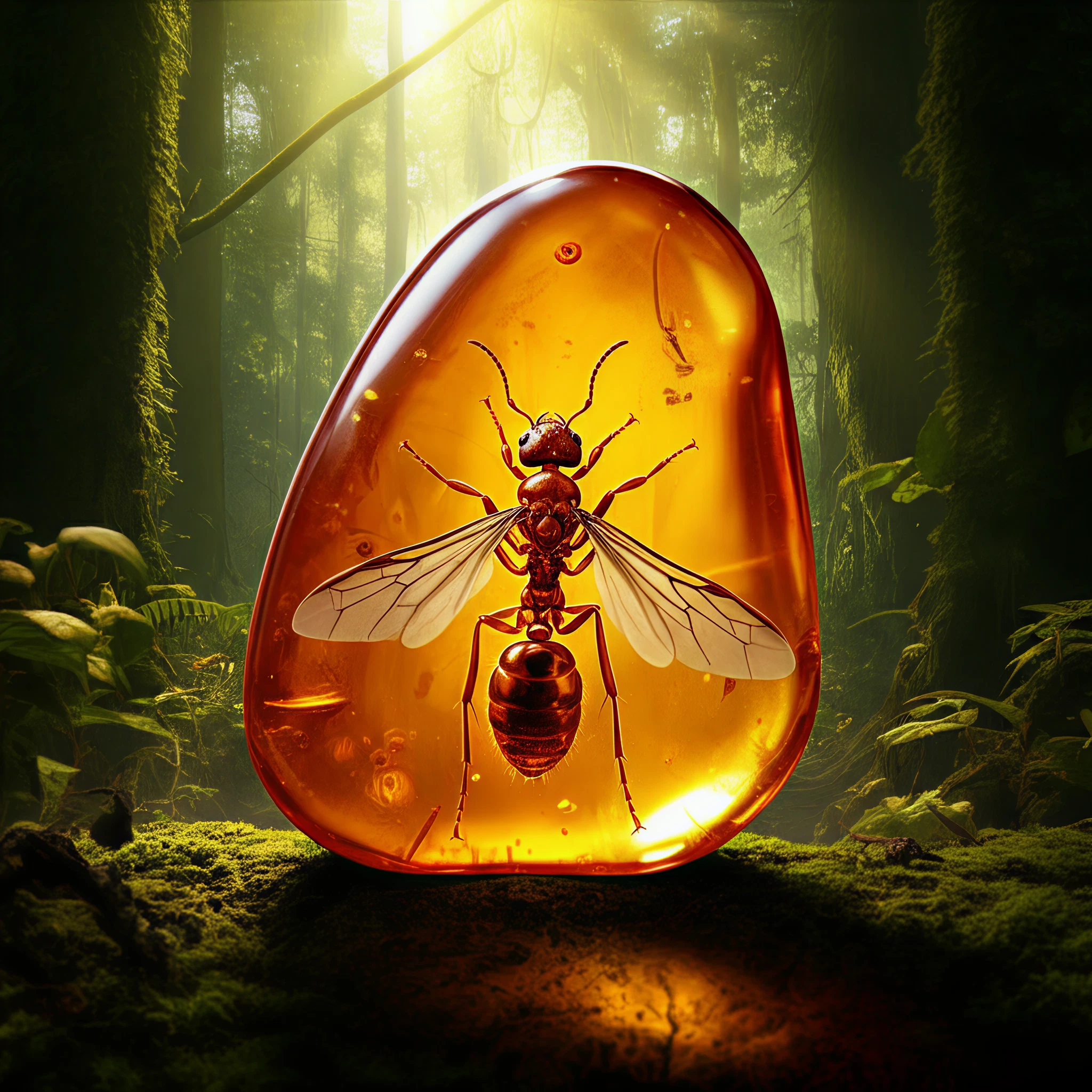Introduction
A recent discovery is shedding light on one of the most fascinating and lesser-known chapters of evolutionary history. Unearthed in a Brazilian museum’s collection, a 113-million-year-old fossil has been identified as the oldest ant specimen known to science. Its unique features and preserved details are deepening our understanding of ant evolution and their ancient ecosystems. This extraordinary find has been named Vulcanidris cratensis, and its discovery is nothing short of remarkable for paleontology enthusiasts.
Background on Ant Evolution and Fossil Discoveries
Ants, one of the most abundant and ecologically significant insect groups, have not always dominated terrestrial ecosystems. They evolved during the late Jurassic to early Cretaceous period, roughly 145 million years ago, branching off from a shared ancestor with wasps and bees. However, ants only became a significant presence after the mass extinction event that wiped out the dinosaurs 66 million years ago.
The study of fossilized insects, especially ants, can be challenging due to their tiny and delicate structures. Fossilized ants are often discovered in amber, which preserves their three-dimensional details. However, Vulcanidris cratensis stands out because it was preserved in limestone rather than amber, something rarely seen in ant fossils. This has allowed scientists to explore a new window into the early stages of ant evolution.
Fossil Description and Unique Features
The Vulcanidris cratensis specimen contains some extraordinary anatomical features distinct from modern ants. For instance:
- Scythe-like Jaws: Unlike the lateral, side-to-side mandibles of today’s ants, this ancient species had forward-projecting jaws that likely worked as a tool to pin or impale prey.
- Wasp-like Characteristics: The fossil also exhibited traits reflective of its shared lineage with wasps, such as wing structures with intricate vein patterns, further connecting it to its evolutionary ancestors.
- Limestone Preservation: Preserved within the Crato Formation in Brazil, this fossil is exceptionally detailed, with clear impressions of its wings, head, and jaws. These details provide unprecedented insight into its physiology and behavioral adaptations.
Using advanced imaging techniques, such as micro-computed tomography, researchers were able to reconstruct the 3D morphology of the ant. This revealed remarkable evolutionary sophistication, such as predatory strategies, that diverged significantly from modern ants.
Implications for Understanding Ant Evolution and Ecosystems
The discovery of Vulcanidris cratensis carries significant implications for how we understand the evolution of ants and their roles in prehistoric ecosystems:
- Extended Fossil Record
This fossil pushes the known ant fossil record back by approximately 10 million years, showing that ants were already widespread during the early Cretaceous period.
- Ancient Ecosystems
The presence of this species during the time of dinosaurs highlights the rich biodiversity of the Cretaceous ecosystems and offers clues about the ecological niches ants occupied.
- Evolutionary Adaptations
The unique predatory adaptations of this species suggest that even early ants evolved sophisticated traits to survive and thrive in their environments.
- Global Distribution
The discovery in South America, combined with other discoveries in amber from Myanmar and France, indicates that early ants were geographically widespread much earlier than previously thought.
Phil Barden, an expert in the evolutionary history of insects, described this fossil as a “pretty big deal” because it offers direct fossil evidence of how ants adapted and evolved during a time of significant global change.
Conclusion
The discovery of Vulcanidris cratensis reminds us how the past continually reshapes our understanding of the present. This extraordinary fossil brings to light an era when ants were just beginning to carve their ecological niche in a prehistoric world dominated by dinosaurs. It’s a window into a bygone world filled with strange and complex creatures that paved the way for the ecosystems we see today.
For paleontology enthusiasts, the excitement doesn’t stop here. Each fossil unearthed adds a new chapter to the grand story of life on Earth, and who knows what other extraordinary discoveries are lying just beneath the surface?








